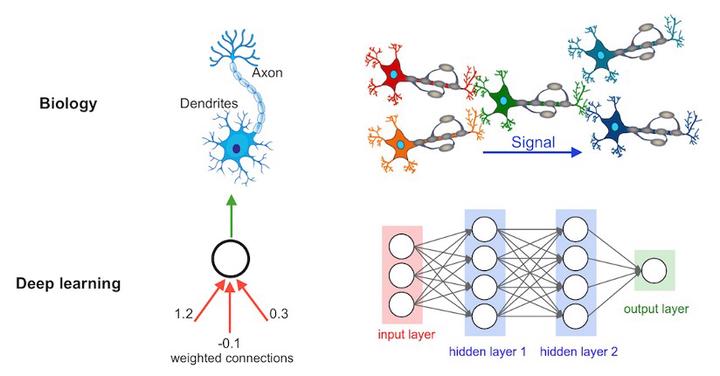PhD defense

Abstract
Neuromodulation interventions and EEG biomarkers for executive function in healthy and clinical populations
Executive function is defined as a subset of high-order cognitive functions (including working memory, inhibition, initiation and monitoring) that sustain adaptive goal-directed behavior and thought, and that are essential for successful adaptation to all day-to-day environments. The use of non-invasive brain stimulation and electrophysiological techniques to study anatomical and physiological dynamics and circuits supporting cognition and executive functions has dramatically increased in recent years. However, the specific dynamics that are disrupted in dysexecutive individuals and the mechanisms by which neuromodulation tools affect them remain unclear.
In the first part of this thesis we use electroencephalography (EEG) to assess the cognitive and physiological effects of transcranial Direct Current Stimulation (tDCS) on executive functions in healthy and Attention-Deficit Hyperactivity Disorder (ADHD) populations in order to understand the role of the dorsolateral prefrontal cortex’s (DLPFC) laterality in executive functions, the physiological dynamics sustaining the modulation of executive functions by tDCS, and the impact of state-dependent dynamics.
Our results indicate that anodal tDCS over the left DLPFC has pro-cognitive effects (improvement in reaction time) both in healthy controls and dysexecutive patients with ADHD. These effects are associated with the modulation of EEG signatures (Event-Related Potentials, ERP) of cognitive control. In addition, we also provide empirical evidence supporting the value of these ERP signatures as cross-sectional biomarkers of cognitive performance. Last, we provide mechanistic support for the state-dependent nature of the effects of tDCS, highlighting the importance of controlling the neural states before and during stimulation as a relevant therapeutic strategy.
In the second part of the thesis, a deep learning approach was designed to classify and characterize clinical populations from healthy controls on the basis of their EEG data with the goal of shedding light into the underlying physiological biomarkers of disease. Results show that a relatively simple deep learning architecture successfully classified ADHD patients from healthy controls with 88% accuracy, and predicted what patients with Rapid Eye Movement (REM) behavior disorder would develop Parkinson’s disease with 80% accuracy 4±2 years in advance, with the key advantage of avoiding the need for manual selection of EEG features. Through the use of feature visualization techniques such as DeepDream, we also identified what physiological differences in the EEG data were driving the diagnosis/prognosis of the disease.
We thus conclude that EEG constitutes a powerful biomarker to assess the effects of tDCS, supporting specific hypotheses and strategies for neuromodulation treatment development under an experimental therapeutics framework aiming to link target engagement with clinical benefit. Additionally, the presented deep learning approach applied to EEG provides a useful tool for the classification and analysis of EEG dynamics, highlighting the potential of these methods to develop biomarkers of practical clinical utility.